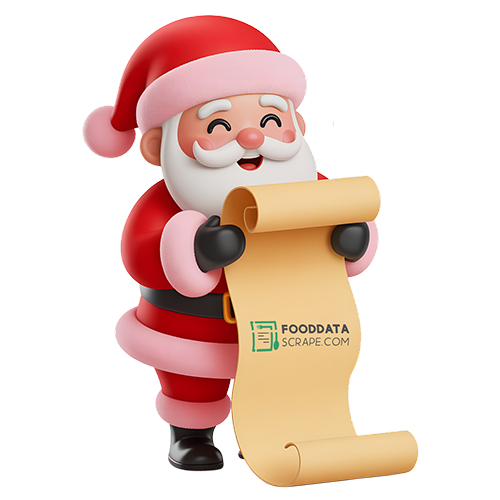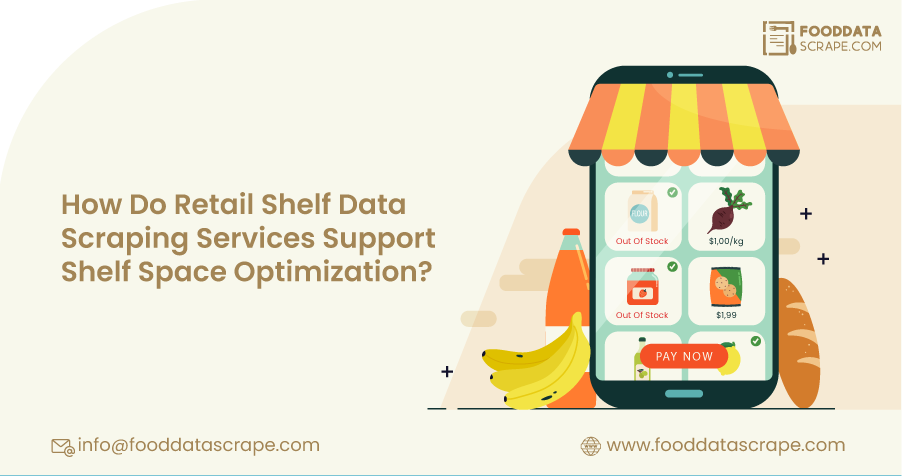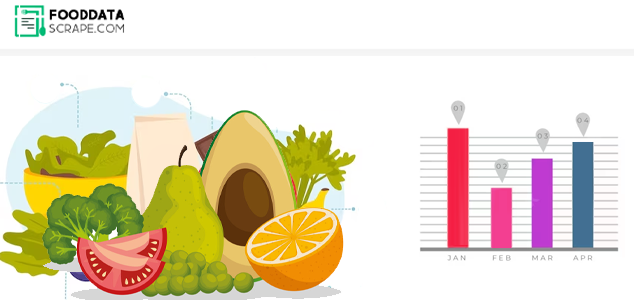Introduction
Retail shelf data scraping is a valuable solution to facilitate companies in monitoring and analyzing product visibility, price, stock levels, and competitor listings across various retail platforms. Companies can gain a strategic edge in managing product performance and optimizing retail operations by extracting meaningful data from online retail sites or in-store systems. With Retail Shelf Data Scraping Services, businesses can track price fluctuations, compare product stock levels, and maintain competitive listings in real-time. One of the most effective applications of this process is Retail Shelf Space Optimization Data Scraping, where brands can analyze how items are placed on shelves and the effectiveness of shelf positioning. Retail Inventory and Shelf Data Scraping also supports more intelligent inventory management by allowing businesses to forecast demand, prevent stockouts, and maintain optimal inventory levels. Although there are specific challenges, such as technical complexities and compliance issues, the benefits of retail shelf data scraping are huge for today's data-driven retail strategies.
What is Retail Shelf Data Scraping?
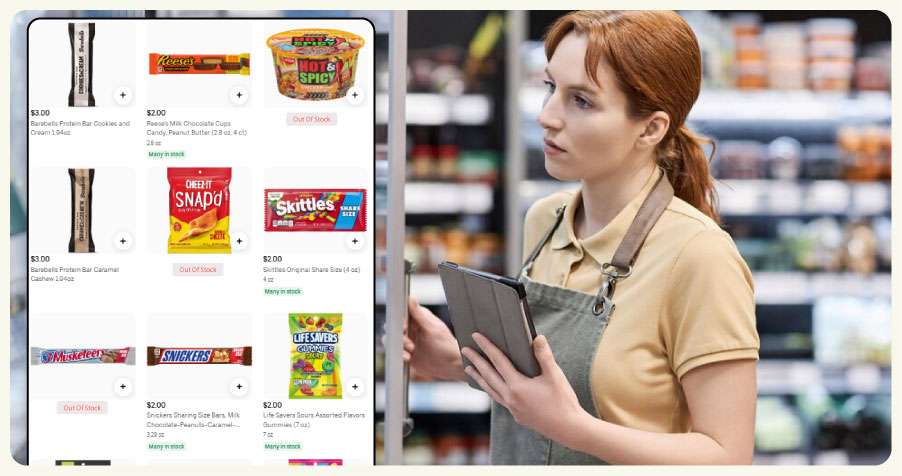
Retail shelf data scraping is the automated process of collecting detailed information from physical and digital retail shelves. This includes data points such as product names, pricing, stock levels, promotions, descriptions, and even customer reviews. Retailers and manufacturers often Scrape Retail and CPG Industry Data to gain competitive insights and improve operational efficiency. This practice has become essential in today's fast-paced retail environment, where real-time data drives business decisions.
- Physical Shelf Scraping: This involves gathering information from traditional brick-and-mortar stores. The process can be carried out manually, through shelf audits, or with the help of IoT-enabled devices and sensors that continuously capture shelf-level data. This helps track stock levels, planogram compliance, and promotional displays, offering granular visibility into store performance.
- Digital Shelf Scraping: Digital scraping targets e-commerce websites, grocery delivery apps, and online retail platforms. Through Grocery App Data Scraping Services, companies extract information such as product listings, real-time availability, ratings, and discounts. This data is beneficial for monitoring competitors, optimizing product placement, and fine-tuning pricing strategies.
Purpose: The core objective is to provide actionable insights into key areas like inventory planning, pricing optimization, and competitive benchmarking. With a growing emphasis on consumer data, CPG Brands Using Web Scraping, can better understand market dynamics, customer preferences, and competitor positioning.
Additionally, Web Scraping Quick Commerce Data enables real-time tracking of rapid-delivery platforms, helping businesses align with evolving customer expectations in convenience-focused markets. The growing reliance on data analytics has made retail shelf data scraping an indispensable resource for CPG brands, retailers, and analysts aiming to stay ahead in the modern retail landscape.
Why Retail Shelf Data Scraping Matters?
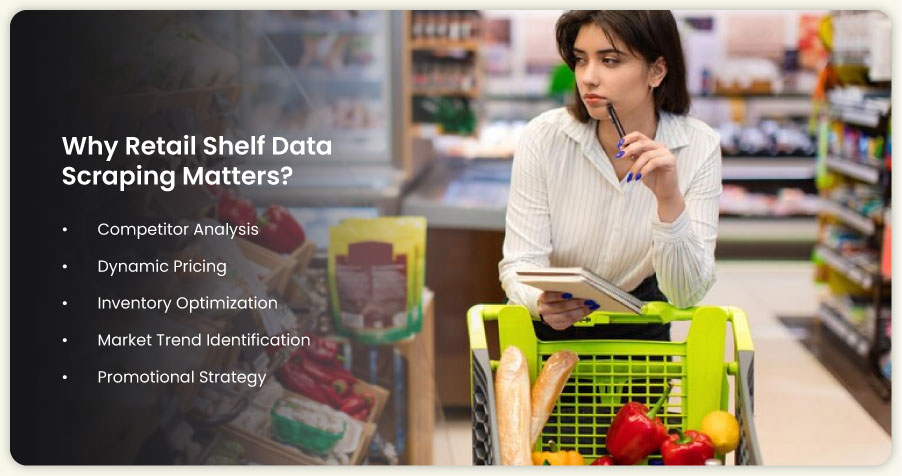
Retail shelf data scraping offers businesses a competitive advantage by delivering real-time, actionable insights into market dynamics, consumer behavior, and retail strategies. Leveraging this data is essential for retailers and CPG brands looking to optimize operations, enhance customer experiences, and increase profitability. Here's why it plays a crucial role:
- Competitor Analysis: By using Grocery Delivery Scraping API Services , businesses can continuously monitor competitors' pricing, promotions, product assortments, and availability across multiple platforms. This helps brands stay ahead by making real-time, informed strategic adjustments.
- Dynamic Pricing: Retailers can utilize a Grocery Price Dashboard to analyze fluctuating prices across competitors and market conditions. This enables them to implement dynamic pricing strategies that maximize sales and margins, especially during high-demand or promotional periods.
- Inventory Optimization: Through Grocery Pricing Data Intelligence , businesses gain insights into which products are in demand and which are overstocked. This helps manage stock levels efficiently, reducing losses due to unsold inventory and improving product availability on shelves.
- Market Trend Identification: With the help of advanced scraping tools and a Grocery Price Tracking Dashboard , companies can monitor shifts in consumer preferences, discover emerging product categories, and identify trending SKUs. This empowers data-driven product development and marketing.
- Promotional Strategy: By analyzing promotional effectiveness, businesses can determine which campaigns drive sales and which do not. Data from retail scraping can uncover insights such as the best-performing discount levels, product bundles, and seasonal offers.
For example, a retailer might use web scraping to collect and compare data from online grocery platforms like Amazon Fresh or Walmart. By tracking pricing for household essentials, the retailer can adjust its pricing and promotions to remain competitive during events like Black Friday or festive sales, using the power of Grocery Pricing Data Intelligence to drive success.
How Retail Shelf Data Scraping Works?
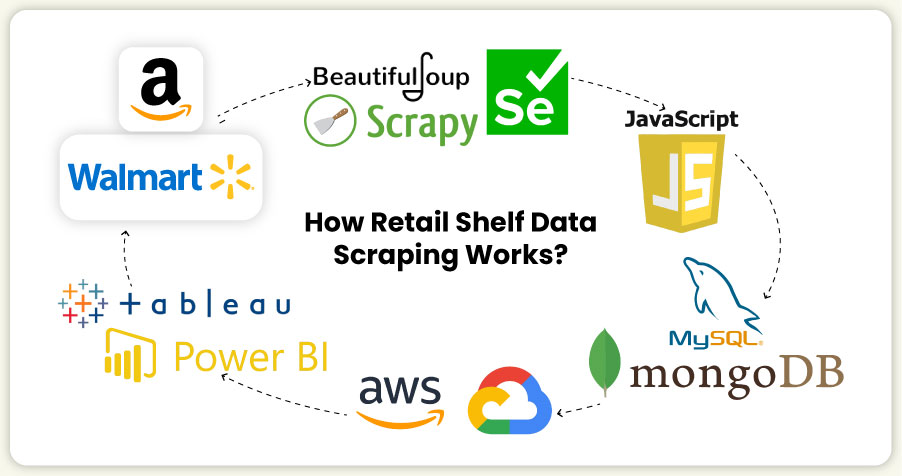
Retail shelf data scraping typically involves techniques for online platforms or specialized tools for physical stores. The process can be broken down into several steps:
1. Identifying Data Sources:
- Select target websites (e.g., Walmart, Amazon) or physical stores.
- Determine specific data points like price, SKU, or customer ratings.
2. Choosing Scraping Tools:
- Web Scraping Libraries: Python libraries like BeautifulSoup, Scrapy, or Selenium extract online data.
- APIs: Some retailers provide APIs for structured data access (e.g., Amazon API).
- IoT Devices: Smart cameras or RFID scanners capture shelf data for physical stores.
3. Data Extraction:
- Bots crawl websites or scan in-store shelves to collect data.
- Handle dynamic content (e.g., JavaScript-rendered pages) using tools like Selenium.
4. Data Cleaning and Storage:
- Remove duplicates, correct formatting issues, and standardize data.
- Store data in databases (e.g., MySQL, MongoDB) or cloud platforms (e.g., AWS, Google Cloud).
5. Data Analysis:
- Use analytics tools to generate insights, such as price trends or stock alerts.
- Visualize data with dashboards (e.g., Tableau, Power BI).
UUnlock more innovative shelf strategies with our expert Retail Shelf Data Scraping Services—optimize your space today!
Tools and Technologies for Retail Shelf Data Scraping

Several tools and technologies facilitate retail shelf data scraping, catering to different skill levels and use cases:
- Python Libraries:
- BeautifulSoup: Ideal for parsing HTML and extracting static web content.
- Scrapy: A robust framework for large-scale web scraping projects.
- Selenium: Handles dynamic websites with JavaScript rendering.
- In-Store Technologies:
- Smart cameras and IoT sensors for real-time shelf monitoring.
- RFID tags for tracking inventory in physical stores.
Choosing the right tool depends on the project's scale, budget, and technical expertise.
Benefits of Retail Shelf Data Scraping
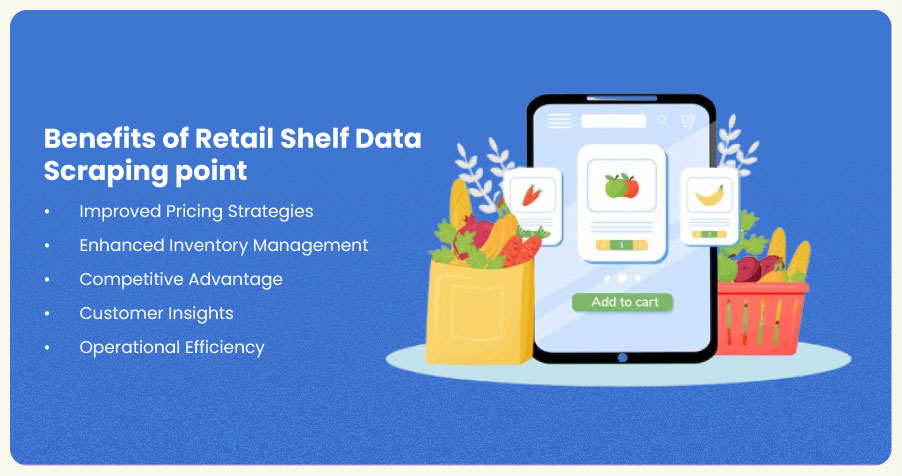
Retail shelf data scraping delivers measurable advantages for businesses:
- Improved Pricing Strategies:
- Enables dynamic pricing based on competitor data and market demand.
- It helps identify optimal price points to maximize profit margins.
- Enhanced Inventory Management:
- Tracks stock levels to prevent overstocking or stockouts.
- Provides insights into product demand patterns.
- Competitive Advantage:
- Offers real-time data on competitors' pricing, promotions, and product launches.
- Allows businesses to respond quickly to market changes.
- Customer Insights:
- Analyzes reviews and ratings to understand consumer preferences.
- Identifies trending products or categories.
- Operational Efficiency:
- Automates data collection, reducing manual effort.
- Integrates with analytics platforms for streamlined decision-making.
For instance, a brand might use scraped data to discover that a competitor's discount on sneakers drives sales, prompting them to launch a counter-promotion.
Why Scraping Instacart is Key to Retail Shelf Strategy?
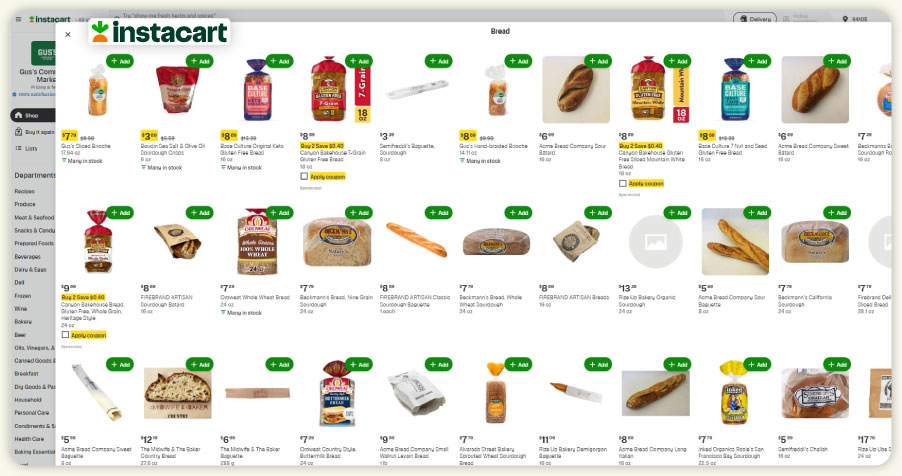
Scraping platforms like Instacart offer valuable insights into how products are showcased, priced, and promoted on digital shelves. By choosing to Scrape Online Instacart Grocery Delivery App Data , businesses can monitor product positioning, track promotional campaigns, and frequently detect out-of-stock items—each revealing key strategic moves by Instacart's partner retailers. These insights allow businesses to make smarter, data-driven decisions for their retail strategies. For instance, if certain products frequently appear in Instacart's featured banners or best-seller sections, competitors can adapt their inventory and promotions to reflect similar demand patterns. Through Instacart Grocery Delivery Scraping API Services , companies can automate data extraction and gain consistent access to updated insights without manual tracking. Furthermore, analyzing a Grocery Delivery Dataset from Instacart empowers brands to optimize digital shelf space, refine their pricing strategy, and enhance customer satisfaction. Ultimately, this strategic intelligence helps brands remain competitive and improve their overall market positioning.
Challenges of Retail Shelf Data Scraping
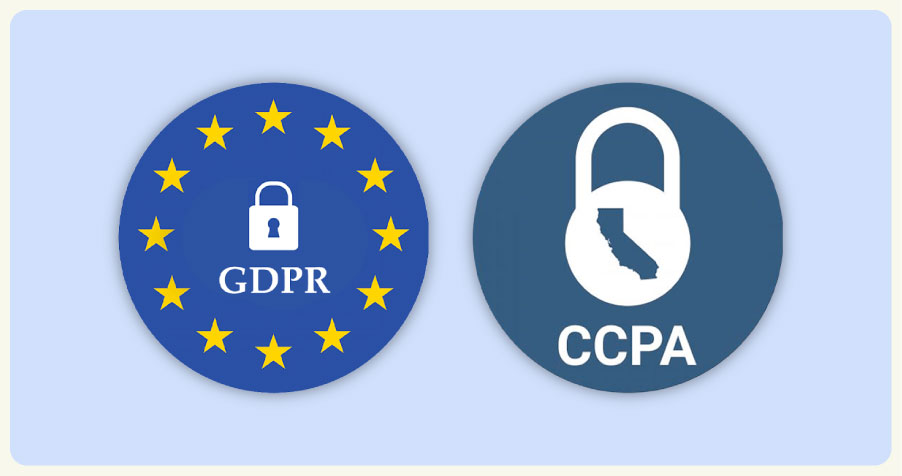
Despite its benefits, retail shelf data scraping comes with challenges that businesses must address:
- Legal and Ethical Concerns:
- Scraping may violate a website's terms of service or local data privacy laws (e.g., GDPR, CCPA).
- Ethical considerations arise when scraping sensitive data like customer reviews.
- Anti-Scraping Measures:
- Retail websites block bots using CAPTCHAs, IP bans, and rate limits.
- Dynamic content and frequent website updates complicate scraping.
- Data Quality Issues:
- Incomplete or inconsistent data can lead to inaccurate insights.
- Cleaning and standardizing data requires additional effort.
- Resource Intensity:
- Large-scale scraping demands significant computational resources.
- Maintaining scraping scripts for multiple websites is time-consuming.
- Physical Store Limitations:
- In-store scraping requires expensive hardware like cameras or RFID systems.
- Manual data collection in stores is labor-intensive.
To overcome these challenges, businesses must invest in robust tools, legal expertise, and data validation processes.
Best Practices for Effective Retail Shelf Data Scraping
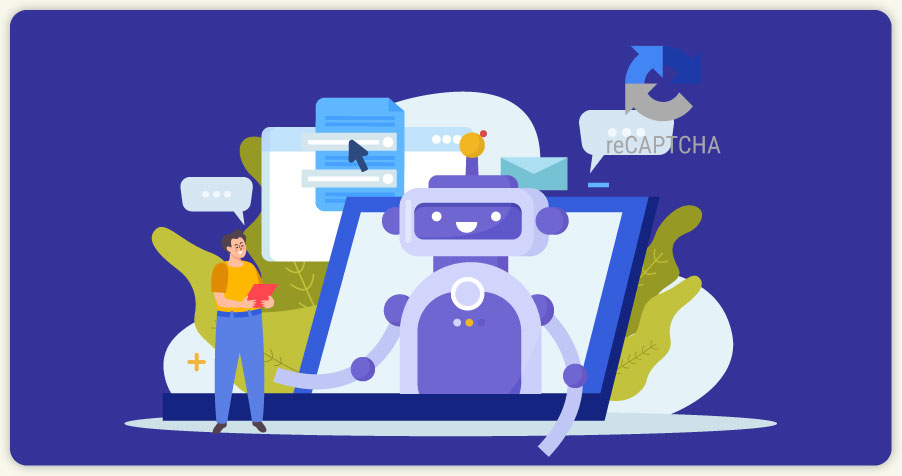
To maximize the value of retail shelf data scraping while minimizing risks, follow these best practices:
- Respect Legal Boundaries:
- Review the target website's terms of service and robots.txt file.
- Consult legal experts to ensure compliance with data privacy regulations.
- Use Proxies and IP Rotation:
- Employ proxy services to avoid IP bans and CAPTCHAs.
- Rotate user agents to mimic human browsing behavior.
- Optimize Scraping Frequency:
- Schedule scraping tasks to avoid overloading target servers.
- Prioritize high-value data to reduce resource usage.
- Ensure Data Accuracy:
- Implement validation checks to detect incomplete or erroneous data.
- Regularly update scraping scripts to adapt to website changes.
- Leverage APIs When Available:
- Use official APIs for structured and legal data access.
- Combine API data with web scraping for comprehensive insights.
- Secure Data Storage:
- Encrypt sensitive data during storage and transmission.
- Use access controls to prevent unauthorized data access.
By adhering to these practices, businesses can build a sustainable and efficient scraping operation.
Real-World Applications of Retail Shelf Data Scraping
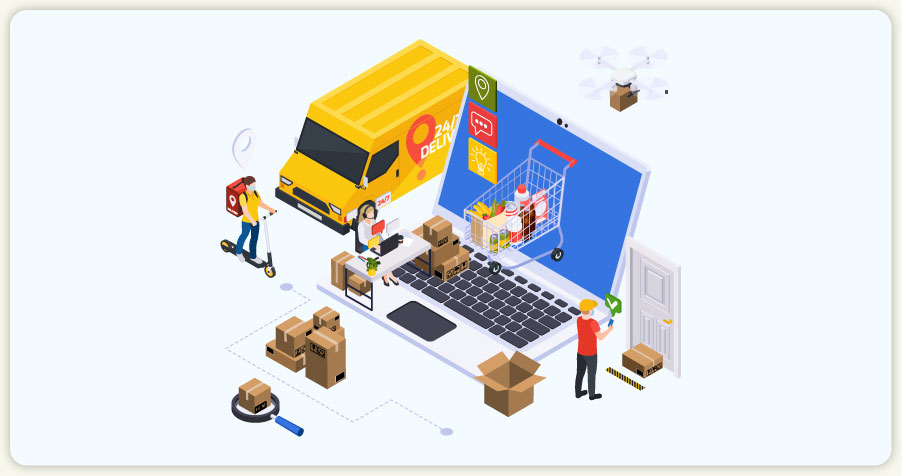
Retail shelf data scraping has diverse applications across industries:
- E-Commerce:
- Online retailers scrape competitor websites to adjust pricing and promotions.
- Marketplaces like Amazon use scraped data to recommend products.
- Consumer Goods:
- Brands monitor shelf data to track product placement and availability.
- Manufacturers analyze demand to plan production cycles.
- Market Research:
- Analysts use scraped data to study consumer trends and market dynamics.
- Firms create reports on pricing strategies and product performance.
- Supply Chain Management:
- Retailers optimize inventory based on stock-level data.
- Distributors identify high-demand products for efficient logistics.
For example, a grocery chain might scrape competitor prices for fresh produce, enabling it to offer competitive deals and attract price-sensitive customers.
Future Trends in Retail Shelf Data Scraping
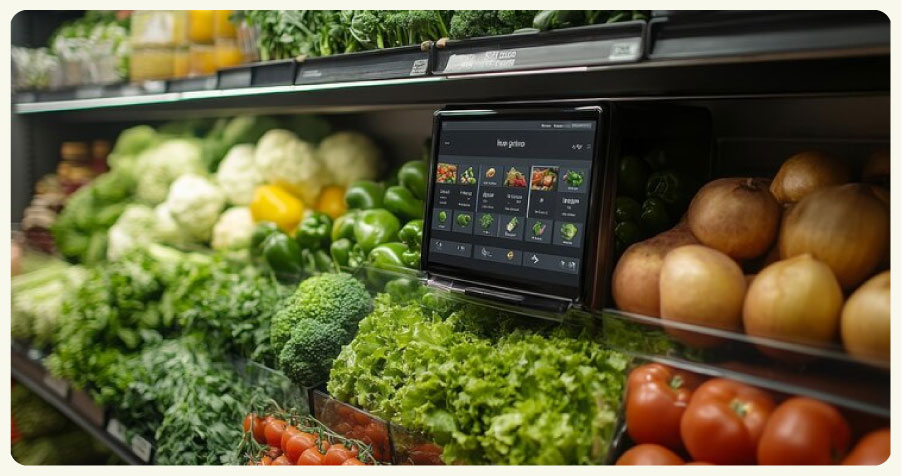
The field of retail shelf data scraping is evolving rapidly, driven by technological advancements:
- AI and Machine Learning:
- AI-powered scrapers can extract unstructured data like images or videos.
- Machine learning improves data cleaning and anomaly detection.
- Real-Time Scraping:
- Advances in cloud computing enable continuous, real-time data collection.
- Retailers can respond instantly to price changes or stock updates.
- IoT Integration:
- Smart shelves with embedded sensors provide automated in-store data.
- IoT devices reduce reliance on manual scraping in physical stores.
- Ethical Scraping Frameworks:
- New tools prioritize compliance with data privacy laws.
- Industry standards for ethical scraping are emerging.
These trends promise to make retail shelf data scraping more efficient, accurate, and legally compliant.
How Can Food Data Scrape Help You?
- High Accuracy: Our data scraping services utilize advanced algorithms and AI-driven tools to ensure precise and reliable data extraction and minimize errors.
- Scalability: We offer flexible solutions that can handle small-scale projects or massive datasets, adapting seamlessly to your business needs.
- Speed and Efficiency: With optimized processes and cutting-edge technology, we deliver large volumes of data quickly, saving you time and resources.
- Customizability: Our services are tailored to your specific requirements, allowing you to scrape data from diverse sources in any format you need.
- Compliance and Security: We prioritize data privacy and adhere to legal standards, ensuring secure handling and ethical scraping practices.
Conclusion
Retail shelf data scraping is a powerful tool for businesses seeking to thrive in a competitive market. It provides insights into pricing, inventory, and consumer trends and enables data-driven decision-making. Accessing Grocery Store Datasets further enhances this process, offering structured information on store layouts, product placements, and availability. However, businesses must navigate legal, technical, and ethical challenges to ensure sustainable operations. By adopting best practices and leveraging modern tools, retailers can harness the full potential of shelf data scraping to drive growth and innovation.
Are you in need of high-class scraping services? Food Data Scrape should be your first point of call. We are undoubtedly the best in Food Data Aggregator and Mobile Grocery App Scraping service and we render impeccable data insights and analytics for strategic decision-making. With a legacy of excellence as our backbone, we help companies become data-driven, fueling their development. Please take advantage of our tailored solutions that will add value to your business. Contact us today to unlock the value of your data.

